A constitution is the fundamental legal document that defines the structure of a country’s government and outlines the rights of its citizens. Some of the world’s oldest ones have stood the test of time, shaping the governance and legal systems of their respective nations for centuries. Each of these documents reflects the historical and political evolution of their countries. This article takes a look at some of the oldest constitutions still in use today, exploring their origins, amendments, and continued significance in the modern world.
Constitution of Mexico (1917)
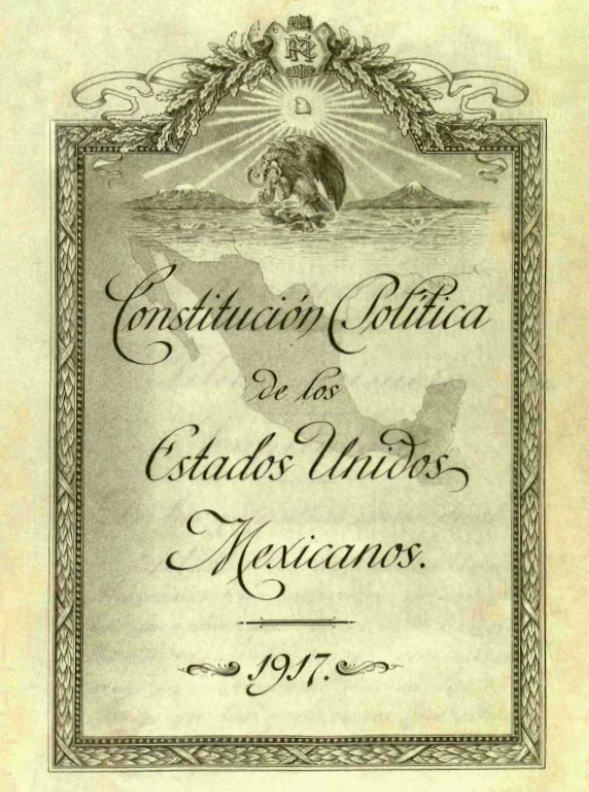
Mexico’s constitution, adopted on February 5, 1917, was revolutionary for its time, particularly due to its focus on social rights. It emerged in the aftermath of the Mexican Revolution and introduced significant reforms in labor, land, and education. The Constitution of 1917 was one of the first to address social issues, including the rights of workers, which made it a groundbreaking document globally. Article 123, for example, guarantees workers’ rights to an eight-hour workday, a minimum wage, and the right to strike. It also emphasized land reforms, restricting foreign ownership of land and redistributing property to peasants. It established Mexico as a federal republic with three branches of government: executive, legislative, and judicial. Over the years, it has been amended numerous times, most notably in 1992, when it recognized private property and further separated church and state.
Constitution of Luxembourg (1868)
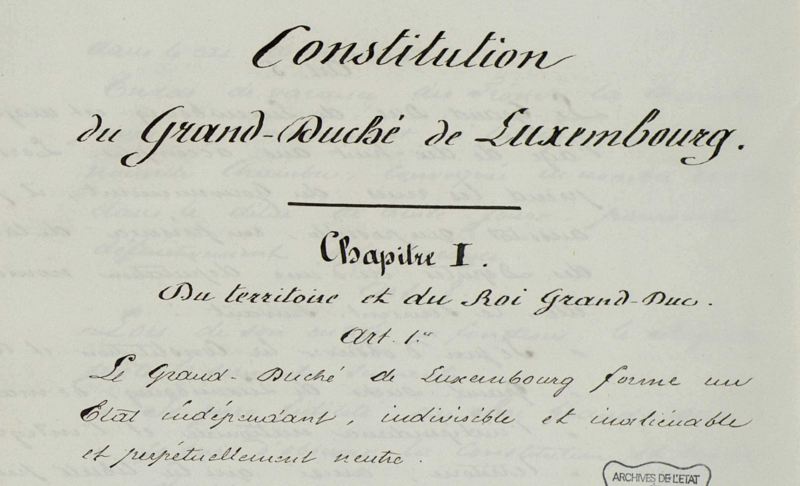
Luxembourg adopted its constitution in 1868, following a period of political tension and territorial disputes. It established Luxembourg as a constitutional monarchy with a parliamentary system. It guarantees fundamental rights such as equality before the law, freedom of speech, and the right to property. It has been amended multiple times to reflect changes in the political and social landscape, with the most significant reforms taking place in 1919, when universal suffrage was introduced. It has 13 chapters that outline the roles of the monarchy, the parliament, and the judiciary, ensuring a balance of powers. Despite being a small country, Luxembourg has maintained a strong constitutional framework that has evolved over time. It continues to serve as a cornerstone of Luxembourg’s governance, ensuring both the protection of individual rights and the functionality of its institutions. Recent amendments have focused on modernizing it, with an emphasis on human rights and judicial reforms.
Constitution of Argentina (1853)
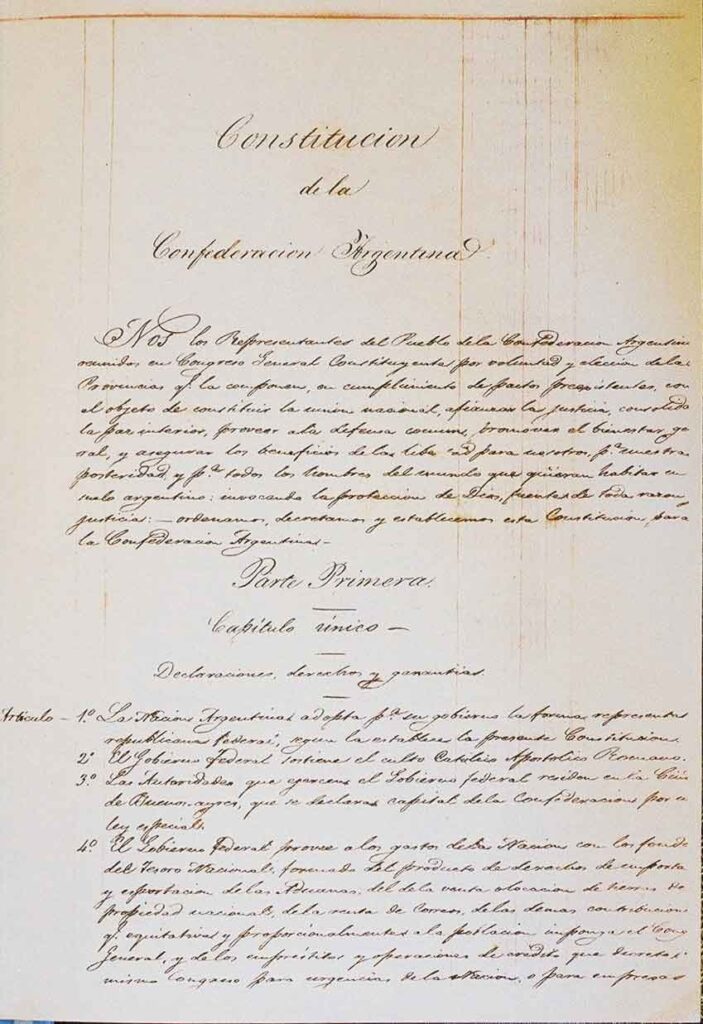
Argentina’s constitution, ratified in 1853, marked the end of decades of civil wars and conflicts, establishing a federal system that granted autonomy to the provinces. Inspired by the U.S. Constitution, Argentina’s version provided for a division of powers among the executive, legislative, and judicial branches. The constitution also promoted European immigration to boost economic development, which led to a significant demographic shift in the country. Amendments were made over the years, most notably in 1994, which modernized the constitution and included provisions on human rights and environmental protection. The document established Argentina as a representative democracy and set up a strong framework for civil liberties and provincial rights. Today, it continues to serve as the foundation of its federal republic, balancing national governance with local autonomy.
Constitution of Denmark (1849)
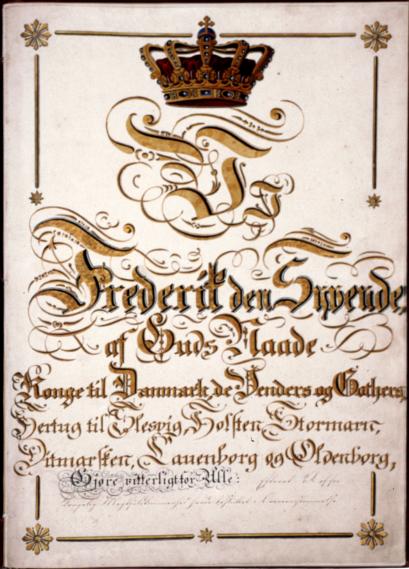
Denmark’s constitution, enacted on June 5, 1849, marked the transition from an absolute monarchy to a constitutional monarchy. Known as the Danish Constitutional Act, it established a parliamentary democracy and guaranteed civil rights such as freedom of speech, religion, and assembly. The 1849 constitution ended centuries of absolute rule, limiting the powers of the monarchy and introducing a separation of powers. It has been amended five times, with the most recent major amendment in 1953, which allowed women to inherit the throne. The original document was a bold step forward for democracy in Europe and continues to be the foundation of Danish governance. It includes provisions on the rights of citizens, the organization of government, and the administration of justice. Despite its age, it remains highly relevant, maintaining Denmark’s status as a stable parliamentary democracy. The Constitution Day, celebrated annually on June 5, is a public holiday that reflects Denmark’s enduring commitment to democratic principles.
Constitution of Switzerland (1848)

Switzerland’s federal constitution, ratified in 1848, unified the country’s cantons under a single government while preserving the autonomy of the cantons. This document introduced a federal system with strong elements of direct democracy, allowing Swiss citizens to propose amendments and challenge laws through referendums. It was revised in 1874 to include more detailed provisions on civil liberties and cantonal rights. It has been further amended several times, most notably in 1999, when a comprehensive revision took place to modernize the language and incorporate human rights standards. It reflects the country’s unique political system, which emphasizes local autonomy and citizen participation in governance. Switzerland’s commitment to neutrality and direct democracy is deeply rooted in its constitution, making it one of the most stable democracies in the world. The federal constitution remains a living document, with frequent referendums allowing for continual adaptation to the needs of Swiss society.
Constitution of the Netherlands (1814)

The Constitution of the Kingdom of the Netherlands, first adopted in 1814 and amended in 1848, established the country as a hereditary monarchy with a parliamentary system. It is one of the oldest constitutions still in use today, though it has seen many amendments, the most significant being in 1983. It outlines the roles of the Dutch monarch, the parliament, and the Council of Ministers, ensuring a balance of power. It also guarantees citizens’ rights, such as freedom of expression, equality before the law, and the right to privacy. It is subordinate to the Charter for the Kingdom of the Netherlands, which defines the constitutional relationships between the Netherlands and its constituent countries, including Aruba, Curaçao, and Sint Maarten. The current document reflects the Netherlands’ commitment to democracy, human rights, and a free market economy. It remains an essential part of Dutch governance, serving as a foundation for its legal and political systems. The 1983 amendment modernized the constitution, reinforcing fundamental rights and ensuring that the government adapts to societal changes.
Constitution of Norway (1814)
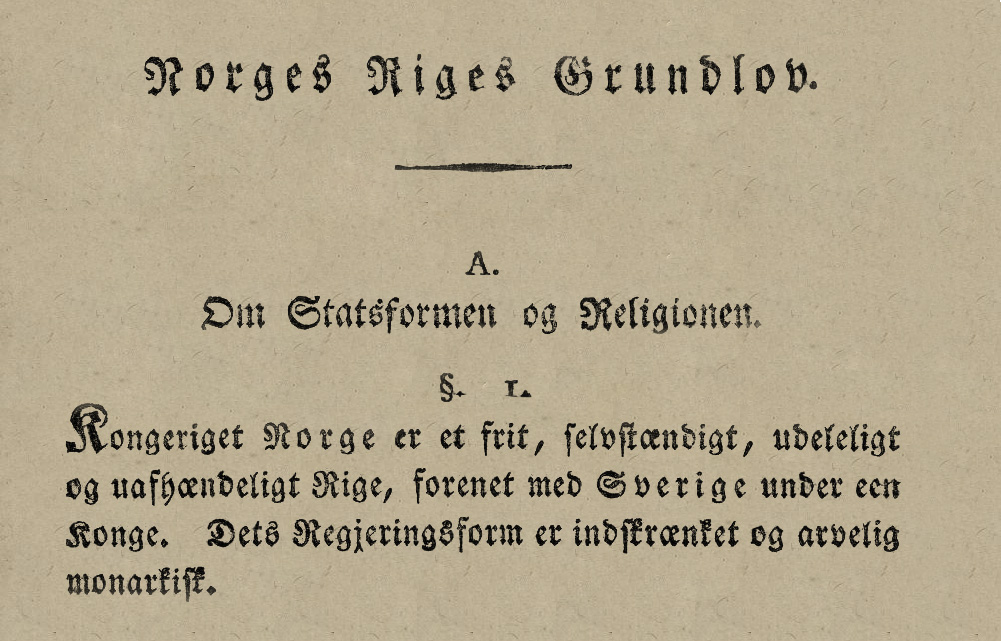
Norway’s constitution, ratified on May 17, 1814, is the second oldest in Europe and stands as a symbol of the country’s independence. Drafted during a brief period when Norway sought independence from Denmark, it was an attempt to prevent Sweden from assuming control. It emphasizes the separation of powers and enshrines human rights, with its principles of sovereignty, equality, and the rule of law remaining central. The document has undergone several amendments, with significant changes in 1884, 1905, and the latest in 2014. The 1905 amendment was particularly notable as it coincided with Norway’s peaceful dissolution of its union with Sweden. It created a unitary parliamentary constitutional monarchy, with a system that balances power between the Storting (parliament), the King, and the judiciary. Norway celebrates its Constitution Day on May 17 each year, making it a central part of national identity. The 2014 amendments, focusing on human rights, reinforced Norway’s dedication to maintaining a living, adaptable constitution, ensuring it aligns with modern values.
Constitution of Poland (1791)
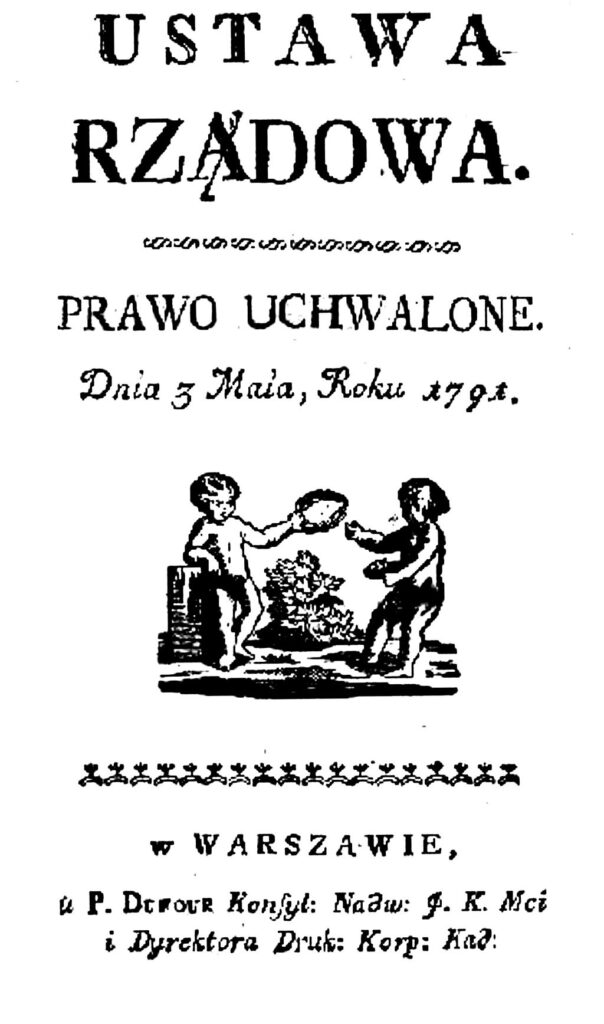
Poland’s constitution, adopted on May 3, 1791, is often regarded as the oldest in Europe after San Marino and the United States. Known as the May 3rd Constitution, it was a revolutionary document for its time, designed to strengthen the monarchy while curbing the power of the nobility. It sought to modernize the Polish-Lithuanian Commonwealth and introduced key principles such as the separation of powers and protection of individual rights. However, it was short-lived, as Poland was partitioned soon after by neighboring powers. The May 3rd Constitution was a progressive step toward a constitutional monarchy, reducing the influence of the nobility and establishing parliamentary control. Poland later adopted new constitutions, but the 1791 version remains a significant part of its historical legacy. It continues to be celebrated in Poland, and May 3 is a national holiday in honor of the constitution.
Constitution of the United States (1789)
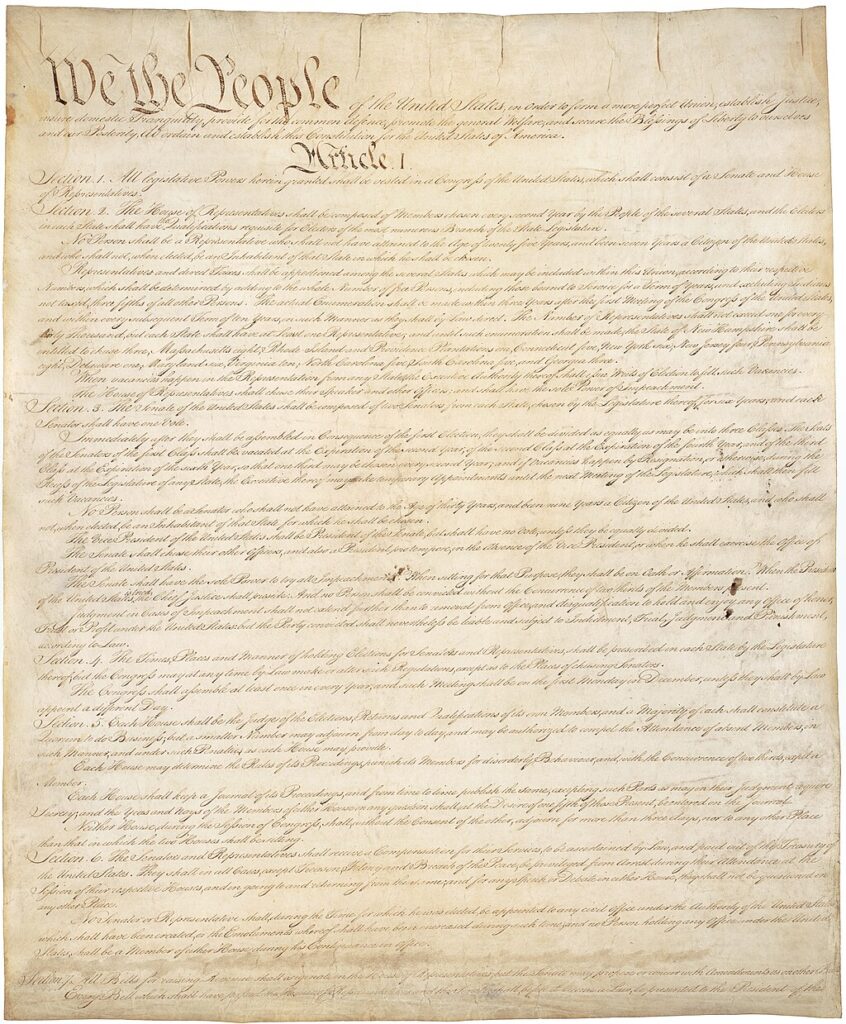
The United States Constitution, ratified in 1789, is one of the most influential legal documents in modern history. Drafted by the Constitutional Convention in 1787, it established the framework of the federal government and the rights of citizens. It is notable for being a relatively short document, despite its profound impact. It has been amended 27 times, with the Bill of Rights, the first 10 amendments, being among the most crucial for protecting individual freedoms. Although the document has been amended over the centuries, its core structure has remained consistent, establishing a separation of powers between the executive, legislative, and judicial branches. It continues to serve as a model for other nations developing their own governing frameworks. While it is frequently hailed as the oldest written constitution still in use, it owes much of its longevity to its capacity for amendment and interpretation. The Supreme Court plays a vital role in interpreting the Constitution, ensuring it evolves with societal changes.
Constitution of San Marino (1600)
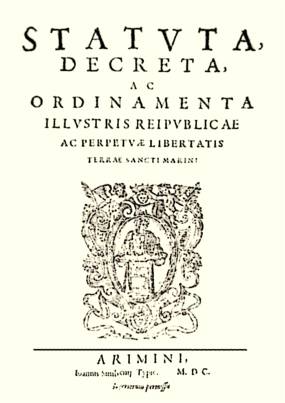
San Marino’s constitution, often recognized as the oldest in the world, was established on October 8, 1600. It is unique in that it isn’t a single document but a series of legal statutes referred to as the “Statutes of 1600,” written in Latin. This collection of six books outlines the governance of the republic and is still in force today, providing a historical foundation for the country’s legal and political framework. Over time, some historians have debated whether this truly qualifies as a constitution since it is not codified as one document, but its long-standing use as a legal framework places it at the top of the oldest constitutions list. The statutes maintain the structure of a republic, with two Captains Regent serving as the head of state, elected every six months. San Marino has successfully maintained its independence and constitution, even throughout the upheavals of European history. Although minor amendments have been made, the essential structure has remained intact. It continues to symbolize San Marino’s resilience and its commitment to governance by law. Additionally, it is significant because it predates many of the foundational constitutions of Europe, making it a symbol of enduring democratic governance.
This article originally appeared on Rarest.org.
More from Rarest.org
13 Unusual Architectural Wonders Hidden Around the World

All around the world, hidden architectural wonders blend creativity, history, and ingenuity in ways that often go unnoticed by most travelers. These unusual structures can be found in remote locations, unexpected cities, or tucked away in natural landscapes Read More.
10 Oldest Churches in the World
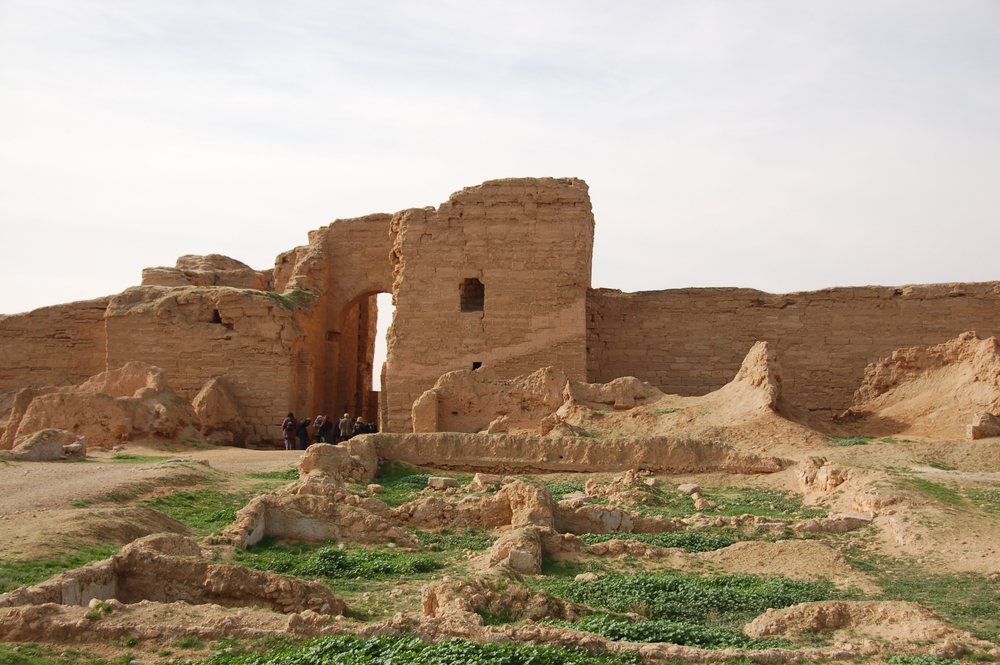
Throughout history, churches have served as spiritual centers and architectural marvels, reflecting the religious, cultural, and historical significance of their time. Some of the oldest ones in the world date back as far as the 1st century AD and offer a glimpse into the origins of Christian worship. Read More.
9 Enigmatic Deep-Sea Creatures That Glow in the Dark

The deep sea holds some of the most fascinating creatures on Earth, many of which have developed the ability to glow in the dark. These bioluminescent animals use their light-producing capabilities for a variety of reasons, including attracting prey, camouflage, or communication. Read More.
